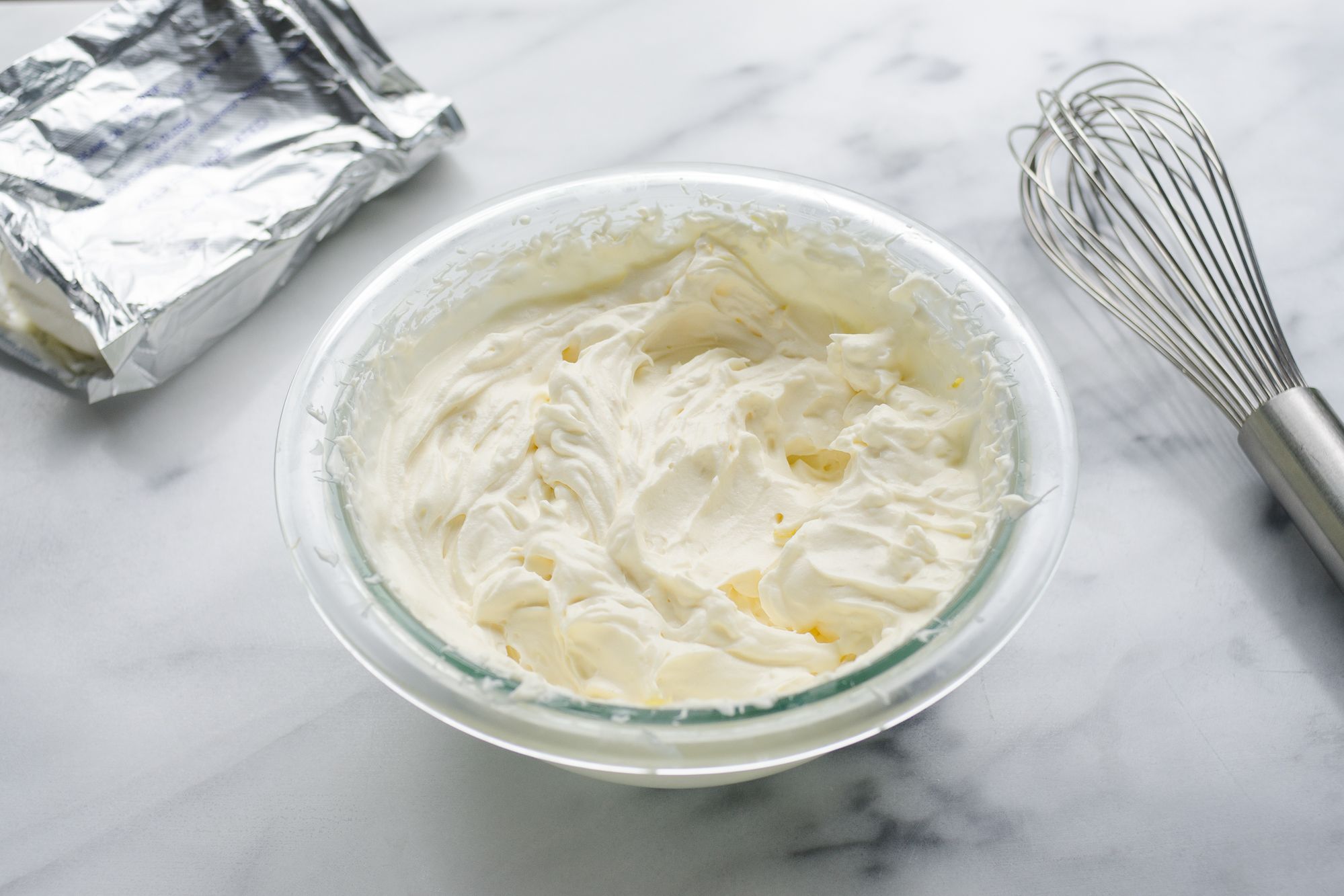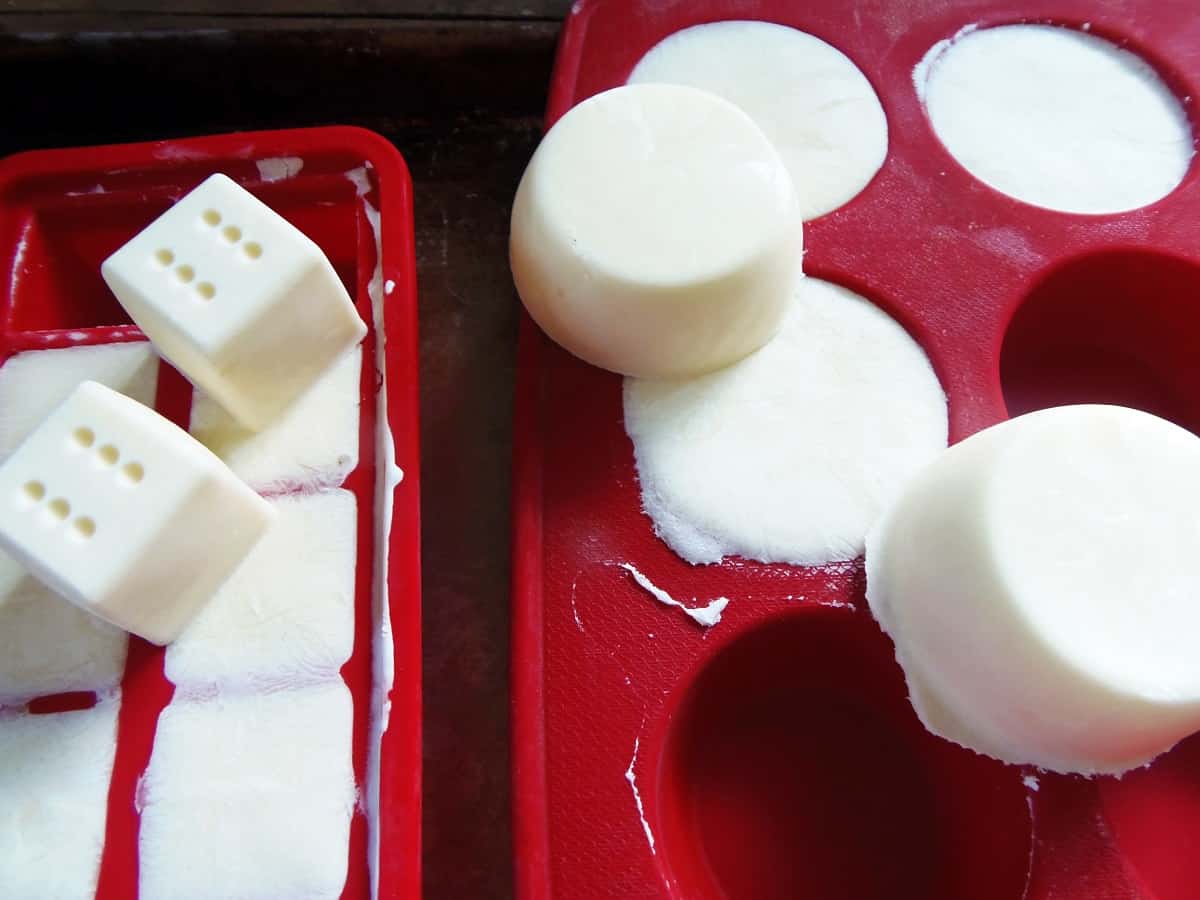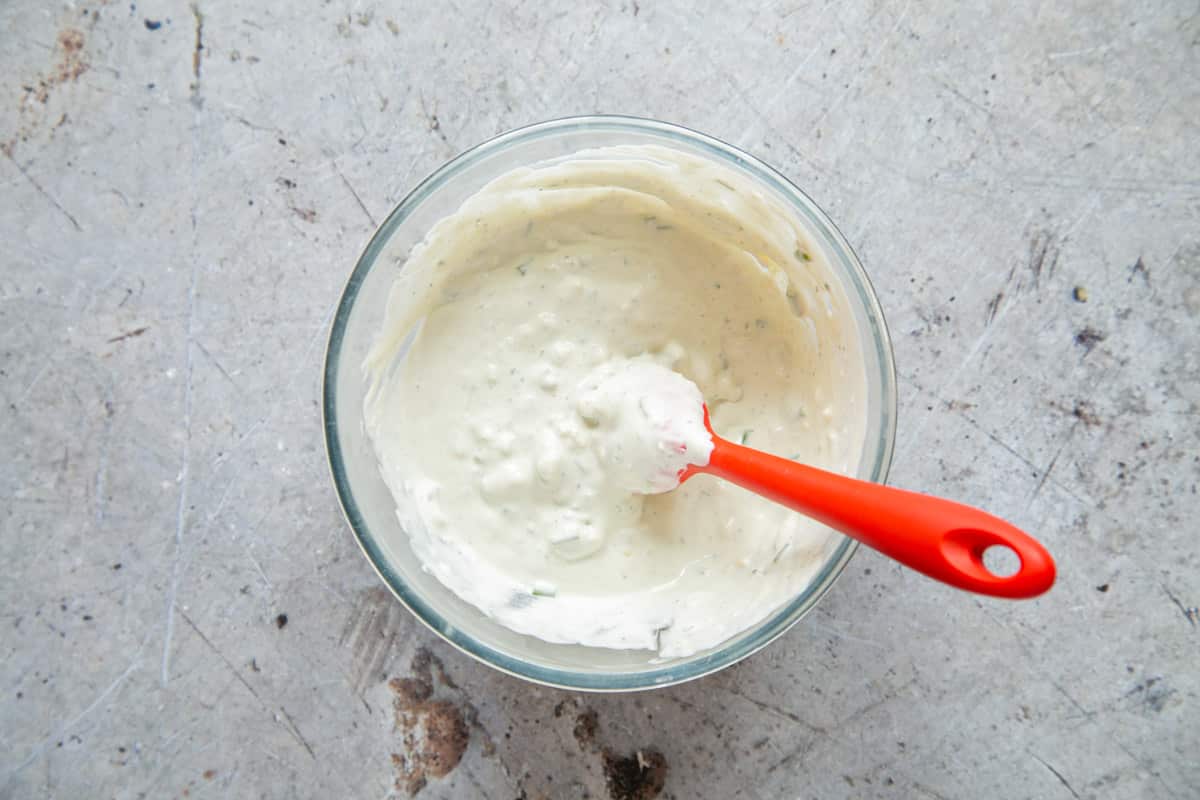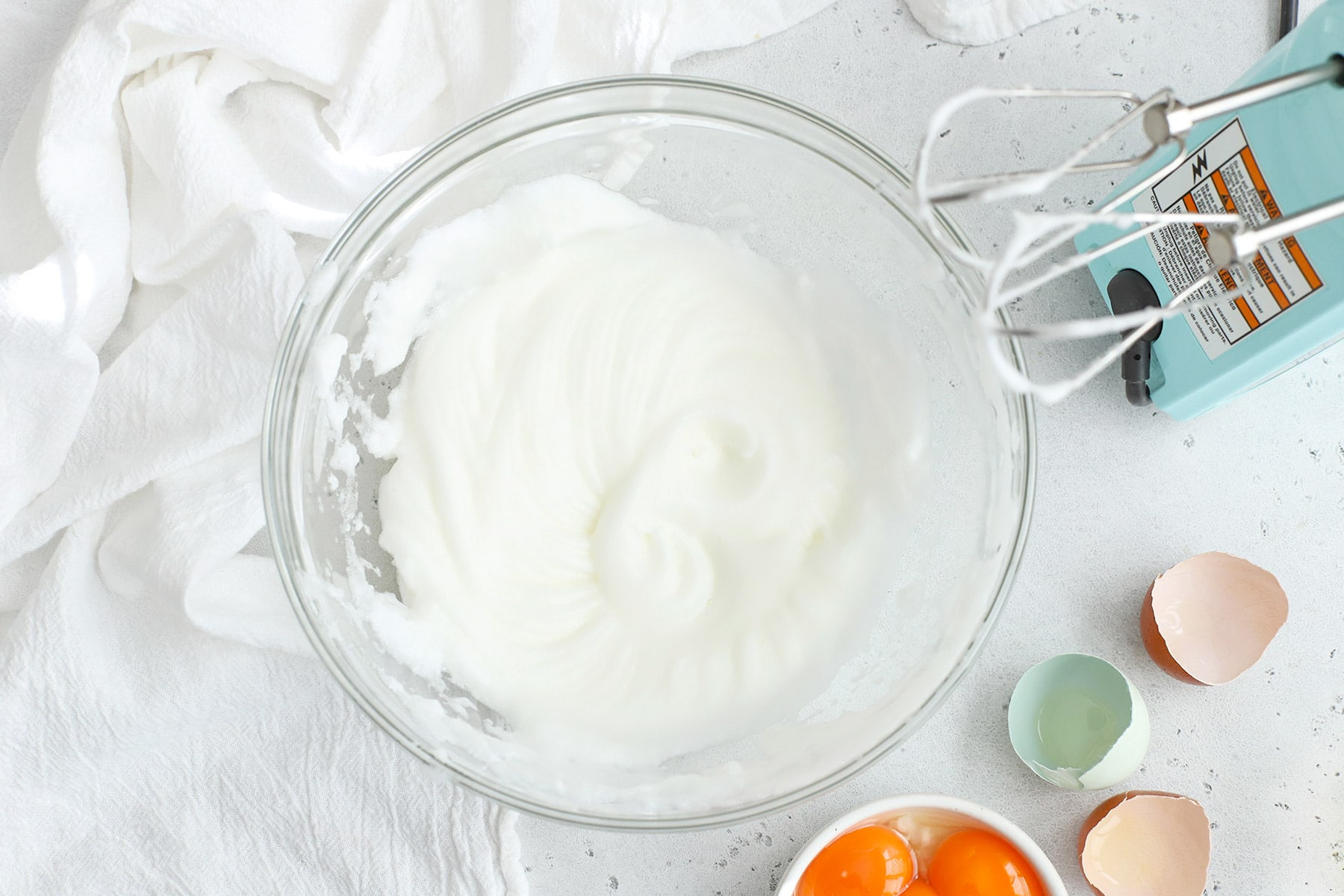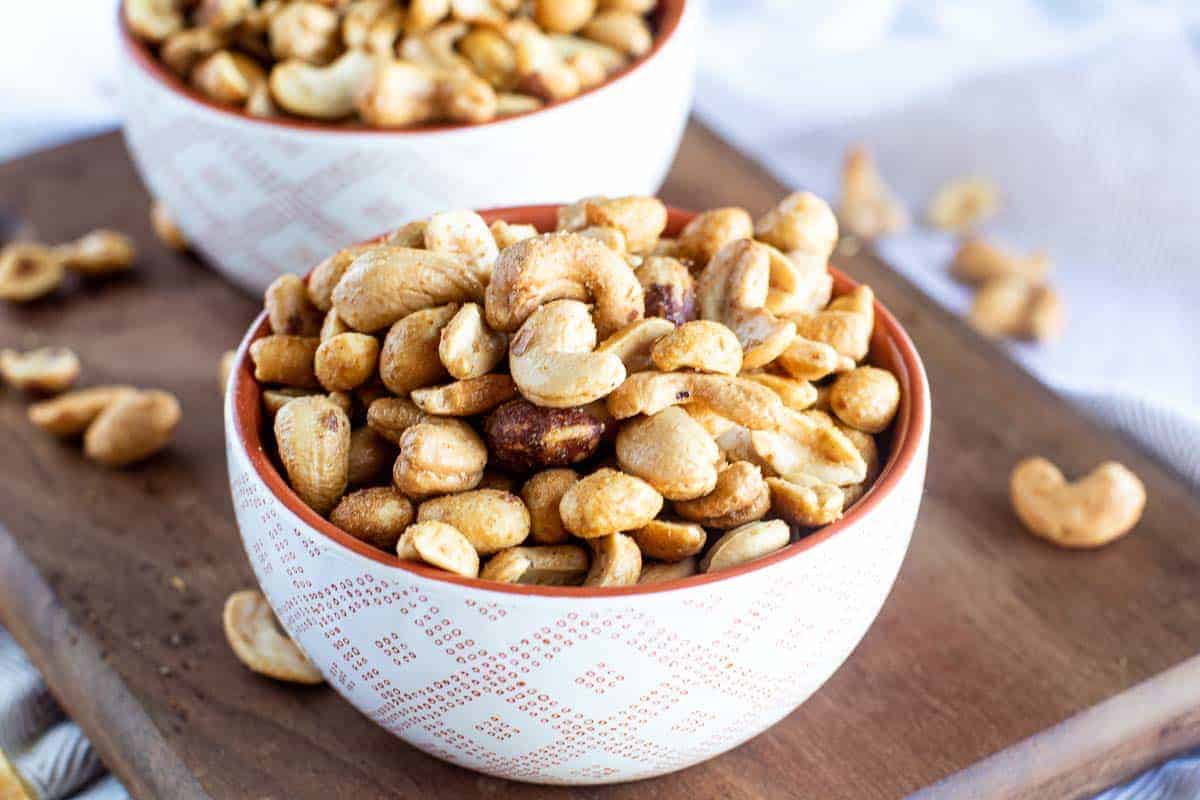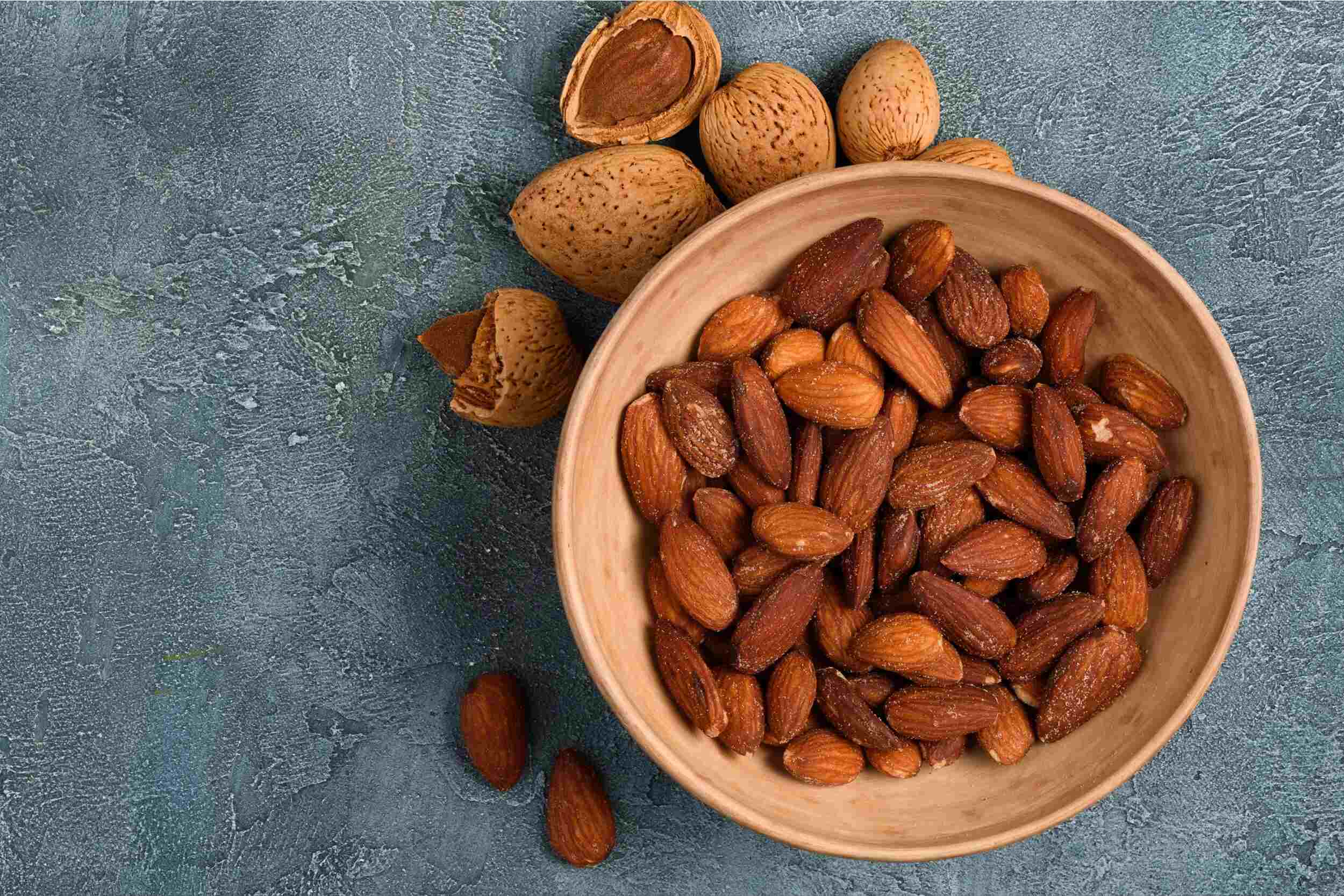Whipping Egg Whites for Perfect Meringue
Whipping egg whites to create a light and fluffy meringue can be a bit tricky, but with the right techniques, you can achieve perfect results every time. Whether you’re making a meringue topping for a pie or creating delicate meringue cookies, the key is to whip the egg whites to the right consistency.
Choose the Right Equipment
Before you begin, make sure your equipment is clean and free of any grease or residue. Use a metal or glass bowl, as plastic bowls can sometimes retain traces of grease, which can prevent the egg whites from reaching their full volume. Additionally, ensure that your beaters or whisk are also clean and dry.
Use Fresh, Room Temperature Egg Whites
Start with fresh eggs at room temperature. Cold eggs are more difficult to separate, and egg whites at room temperature will whip up to a greater volume than cold egg whites. To separate the eggs, crack them carefully and transfer the egg whites to your mixing bowl, being careful not to let any yolk get into the whites.
Add Sugar Gradually
If your recipe calls for sugar, add it gradually once the egg whites have reached the soft peak stage. Adding the sugar too early can weigh down the egg whites and prevent them from reaching their full volume. Gradually adding sugar will also help stabilize the meringue and give it a smooth, glossy texture.
Whip to the Right Consistency
When whipping egg whites, it’s important to know the different stages of stiffness. Here’s a quick guide to help you achieve the perfect consistency:
- Soft Peaks: When you lift the beaters, the egg whites will form gentle peaks that droop over slightly.
- Firm Peaks: The peaks will stand up straight and hold their shape, with just the tips curling over slightly.
- Stiff Peaks: The peaks will stand straight up without any drooping.
For meringue, you’ll want to whip the egg whites to the firm peak stage. At this point, the meringue will hold its shape well and be ready to be used in your recipe.
Use the Meringue Right Away
Once you’ve whipped the egg whites to the perfect consistency, it’s important to use the meringue right away. If left to sit for too long, the meringue can start to deflate, losing its volume and stability. Spread it over your pie or shape it into cookies as soon as it’s ready.
By following these tips and techniques, you can whip egg whites to create beautiful, fluffy meringue for all your favorite recipes. With a little practice, you’ll become a meringue master in no time!
Was this page helpful?
Read Next: How To Whip Egg Whites In A Blender
